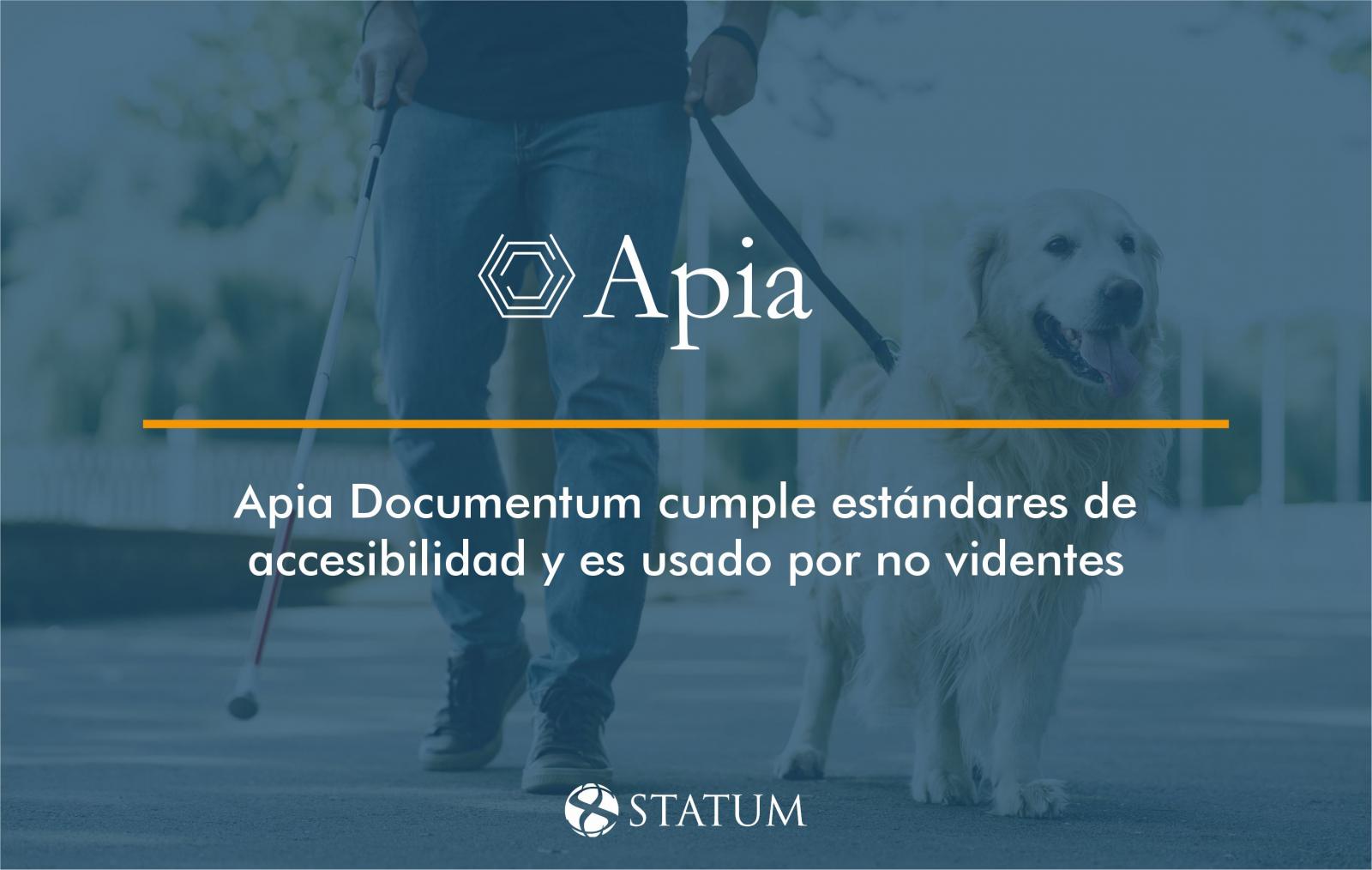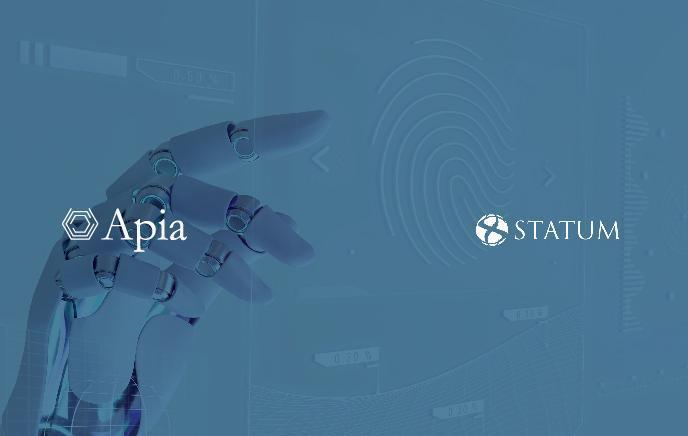ApiaDocumentum cumple estándares de accesibilidad y es utilizado por no videntes
RESUMEN:
Milton Fuentes es no vidente. Se desempeña como abogado en la oficina de Asesoría Jurídica del Ministerio de Industria, Energía y Minería de Uruguay. Trabajar con expedientes electrónicos podía llegar a parecerle dificultoso debido a que muchos programas informáticos tal vez no estén pensados para él. Sin embargo, él se muestra alegre: "Esta nueva versión me parece más intuitiva y bastante más sencilla que las anteriores y, además, parece más estable", cuenta contento.
INFORMACIÓN:
Milton celebró la "solidaridad" de todos los que trabajaron para un desarrollo de este tipo. "Para realizar este tipo de adaptaciones, es necesario entender cómo se maneja una persona ciega, cómo interactúa con la tecnología y, en definitiva, ponerse en su lugar. Y eso es muy valioso", contó.
Gimena Peirano, del área de Calidad y Gestión del Cambio del ministerio mencionado, expresa que la herramienta permite que todos trabajen en las mismas condiciones, sin discriminación.
"Tener un software accesible aporta valor importante en el organismo. Antes, la persona no vidente necesitaba de un compañero para que le informara cuando podía firmar en el sistema. Hoy día tiene independencia en el trabajo que realiza. La creación del perfil específico en la herramienta para las personas no videntes ha facilitado el uso", indicó.
Peirano hizo una valoración "muy positiva" de STATUM. "Se valora mucho el aporte que realizó incorporando la accesibilidad a los funcionarios no videntes".
Hoy las personas no videntes pueden crear, actuar y hacer pases y consultas sobre el expediente electrónico. Se utiliza un lector que reproduce en audio los movimientos que el usuario realiza dentro del software. "Puede utilizar el sistema sin ayuda y sin inconveniente", indicó.
Antes de llevar adelante estas tareas, desde el organismo y también desde STATUM, se capacita a los usuarios. Aunque si ya tenían manejo de la primera versión, esas tareas se ven simplificadas. "Con ApiaDocumentum 2.2, no fue necesario (...) Le resultó más accesible y más amigable esta actualización”.
"Las capacidades y beneficios de Apia pueden ser explotadas por usuarios con distintos niveles de accesibilidad, visualizando como horizonte que sea un ámbito donde cualquier persona pueda trabajar y desempeñar sus tareas", comentó Sebastián Sequeira, de STATUM, uno de los encargados de implementar este desarrollo.
El sistema se basó en estándares y lineamientos que establece la Iniciativa de Accesibilidad Web (WAI, por su sigla en inglés), que lidera la W3C, el consorcio internacional que genera recomendaciones y estándares que aseguran el crecimiento de internet.
"Esta especificación provee una serie de características y propiedades que definen los elementos accesibles de la interfaz de usuario y se pueden utilizar para mejorar la accesibilidad y la interoperabilidad del contenido y las aplicaciones web", explicó Sebastián Sequeira.
A la hora de elaborar estos desarrollos, el objetivo de STATUM no es diferenciar funcionalidades accesibles de las no accesibles. "En su conjunto, se espera que sea accesible", indicó Sequeira.
Links de interés relacionados:
Apia Documentum sumó perfil específico para funcionarios con discapacidad
Discapacidad y accesibilidad en la era del expediente judicial electrónico. El caso de los abogados ciegos o con baja visión





Comentarios (0)
Deja un comentario